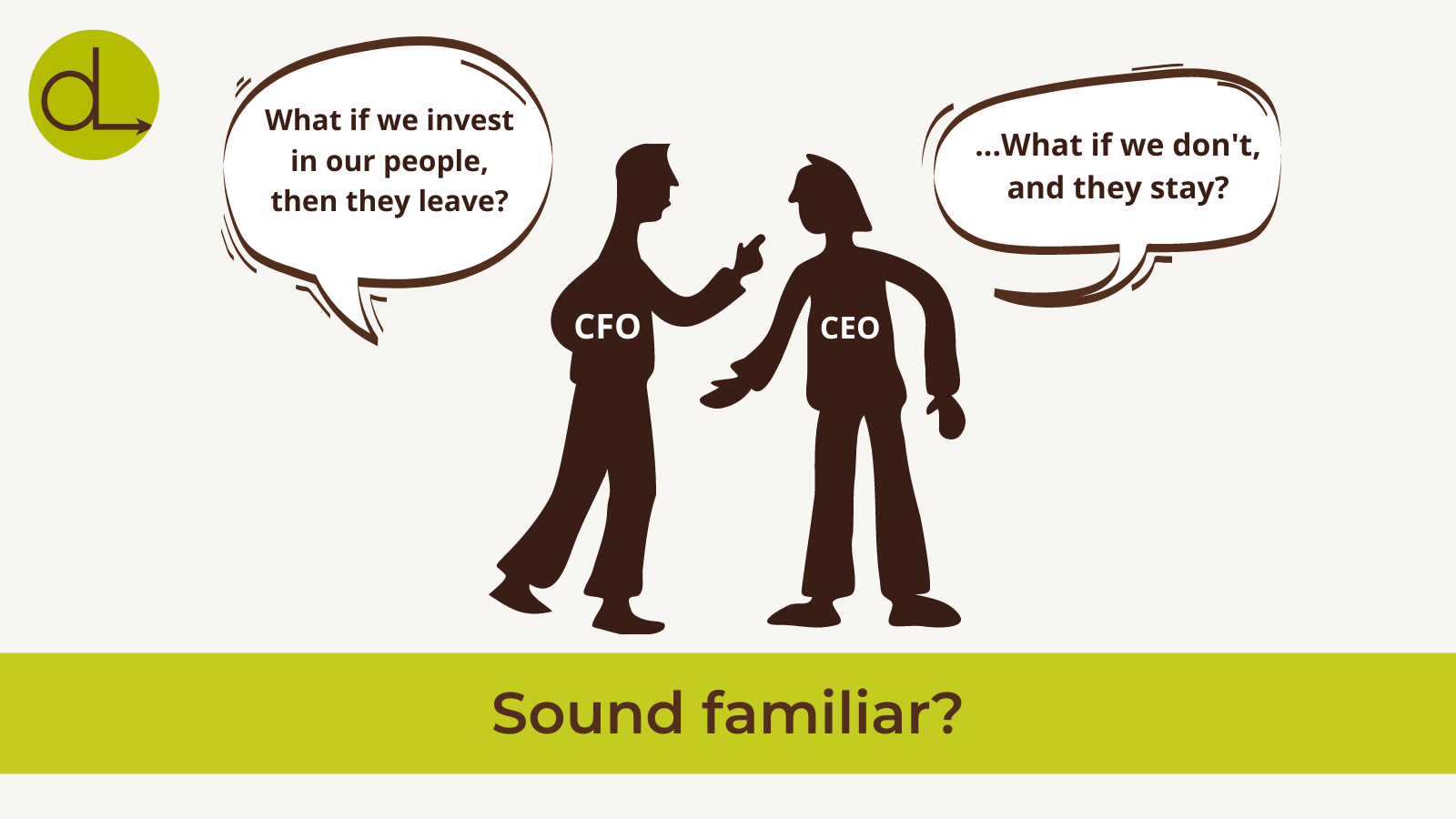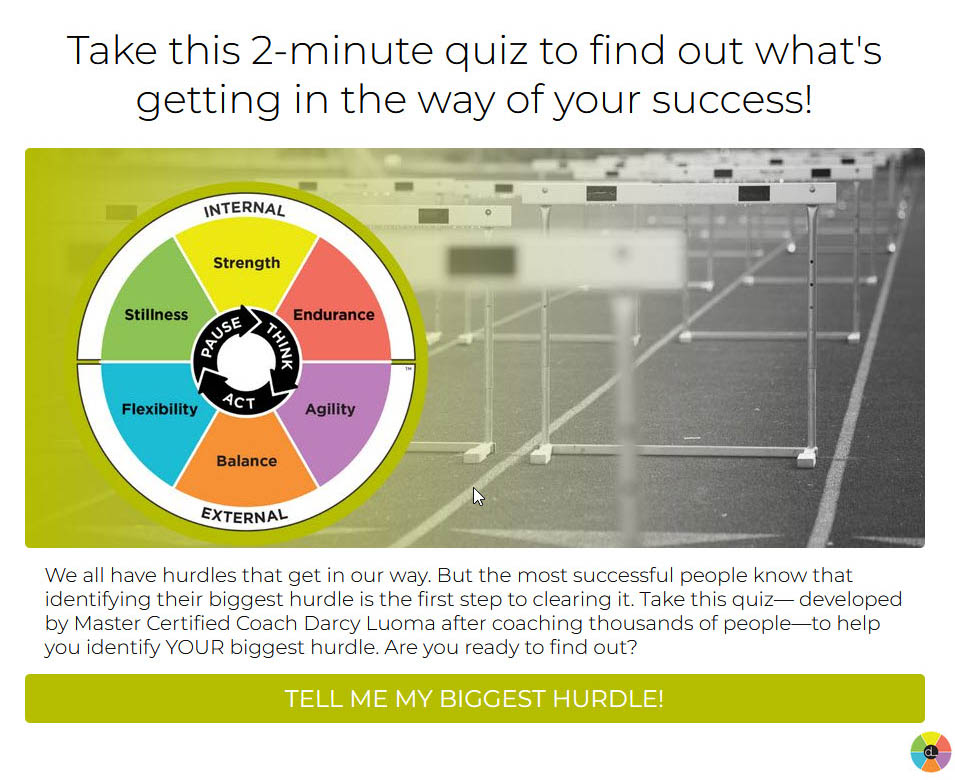At the last National Speakers Association conference, the group I was working with during one of the breakout sessions questioned why I spend so much money on my team. Surely I could earn a lot more as a solopreneur—or with a smaller core staff?
That’s easy. The joy I get from the relationships we’ve built makes up for it tenfold. And because of the synergy, there’s absolutely no doubt we’ve gone much further together than I ever could’ve alone!
There’s nothing special about my business journey, in this respect. Ultimately, it’s in the best interest of all organizations to hire the strongest staff they can find—and then create an environment where employees stay and thrive.
Because if you can’t retain good employees, you have to spend time and money training the next person. And, worse, your competition benefits from the training you gave the person who left. According to research by Gallup, replacing employees costs between half and two times their annual salary. That’s expensive!
The challenge of keeping good people
If you’re reading this as someone who’s looking for work, you can take to heart that most employers are just as interested in keeping good staff as you are in finding a good boss. It goes both ways.
Before the age of corona, it was hard enough to retain employees. GoRemotely found that 31% of employees leave new jobs within six months, with 68% of those who quit doing so in three months or less.
And the problem’s getting worse, not better. In April of last year, the Department of Labor recorded four million people leaving their jobs, which is the highest number on record. In the first 10 months of 2021, 39 million Americans handed in their notice, the largest amount since 2000. The phenomenon is so extreme it’s become known as “The Great Resignation.”
So how should organizations approach the issue of retaining employees? In our coaching and consulting, we’ve come across two main approaches: one thoughtful, the other not so much.
The non-thoughtful approach to employee retention
Non-thoughtful retention looks a bit like this:
- Combining two or three job descriptions until the talent market improves—without thinking about the impact on the person now doing multiple jobs.
- Rewarding employees who work tirelessly to finish a project by adding more to their plate.
- Hoping coffee gift cards are enough thanks for employees who exceptionally handle difficult clients and challenging deals.
Sound familiar? What all these examples have in common is a mindset of getting your way at your staff’s expense.
In the same way as controlling behavior, management like this does sometimes “succeed” on a superficial level in the short-term. But in the long-term, the non-thoughtful approach to retention always falls short. It’s a lose-win situation.
You might remember my story about Maria, who felt so underappreciated and overworked by her boss she ended up resigning. As the saying goes: people don’t quit bad jobs, they quit bad bosses!
So what’s the alternative?
Retaining staff the thoughtful way
Thoughtfully Fit organizations look at hiring employees that create win-win relationships. In other words, they ask themselves: “How can we treat this person in a way that’s good for our organization AND benefits them?” As you can see, it’s a completely different mindset from trying to win at the employee’s expense.
Stephen Covey defined the concept of win-win relationships in “The Seven Habits of Highly Effective People.” There are three dimensions to win-win employee relationships:
- The organization’s interests: the employee does what they’re hired to do at a high standard, and doesn’t leave prematurely.
- The employee’s interests: having an interesting, supportive work environment which supports their personal career goals.
- The relationship itself: collaboration between both parties on the organization’s mission.
To retain top talent, your organization needs to pay attention to all three on an ongoing basis.
Here at Darcy Luoma Coaching & Consulting, we approach building win-win relationships by “designing alliances.” In practice, this means:
- We openly say what we need as an organization and invite our team members to do the same.
- All parties in the alliance are involved in co-creating it: new staff members as well as existing team members.
- We encourage radical honesty. If something isn’t working, we work to make a safe space to speak up before an issue begins to fester.
We like the word “alliance” for relationships like this, because it shows we’re on the same team. It’s not a boxing match where one person wins and the other loses. We both want to win together.
Engage your Thoughtfully Fit Core
So take a moment to engage your core and design your alliance.
- Pause: The next time you’re mulling over a hiring decision, take a quick time-out.
- Think: What’s the long term impact here? What questions can I ask to explore their best interests and the organizations best interests? What do I need to do to build a win-win relationship?
- Act: Commit to having a conversation that designs a strong alliance.
Feel free to share this core workout with your staff and practice it whenever your team grows—and feel the joy that comes with having an awesome team!



